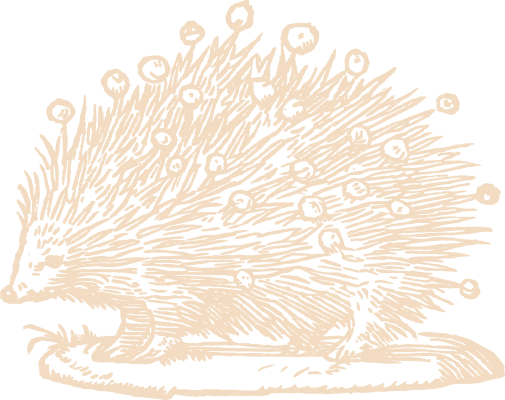
One D&D Wild Shape analysis
One D&D’s fourth playtest packet came out earlier today, featuring new versions of the Druid and the Paladin classes. Most of the changes are pretty interesting, but only one caught my eye: the new Wild Shape mechanics.
5E’s Wild Shape
I have never played a Druid, but some players in my group have. From the DM’s perspective, Wild Shape is full of flavor; it’s straight up awesome to describe the Druid becoming a freaking bear starting to eviscerate the goblins.
The only problem is that, at least in my table, it didn’t come up very often. Sadly, it’s much more “optimal” for the Druid to focus on casting spells during combat instead of transforming into a cool animal (specially if they aren’t of the Circle of the Moon).
In the middle of a fight, my players only found it advantageous to use Wild Shape if they were getting low on Hit Points, effectively using the HP of their beast forms as Temp HP. In my opinion, it felt like a tradeoff: you become less effective, but now you can get into melee and (try to) rip the opponents apart.
To illustrate my point, take Dungeons & Dragons: Honor Among Thieves’s own trailer. The Druid transforms from a horse into an owlbear (more on that later) and proceeds to completely annihilate a group of guards. If that’s not awesome, I don’t know what is.
One D&D’s Wild Shape
Now let’s talk about One D&D’s Druid, as presented to us in the fourth playtest packet. First things first: now you can transform into an owlbear. Well, kinda…
As you assume a form, you determine its appearance, selecting an example animal from the form’s description, selecting another appropriate animal, or choosing a hybrid form that incorporates visual characteristics from two or more animals. The appearance you choose has no effect on the form’s capabilities.
So you can transform into a owl-bear hybrid, but that’s enough for me. The weird part is that last sentence about your choice not affecting “the forms capabilities”.
The biggest difference between this Druid and 5E’s version comes from the fact that now you don’t choose a creature from the bestiary to transform into! Rather, you get to choose your appearance, but always refer to the same three stat blocks (Animal of the Land, Animal of the Sea, or Animal of the Sky).
In general, I think I like this change. Too often have I waited for my player to choose the exact beast they wanted, so I’m all for streamlining the options. You want to become a Small elephant? Sure. A Large bat? Of course. A Medium giraffe-turtle hybrid? You got it.
However, there is some fine print: the HP of all three stat blocks is “you continue to use your Hit Points and Hit Dice”. That means a Druid no longer gets the HP boost that used to come with 5E’s Wild Shape.
The table below shows the stats of 5E’s beasts grouped by Wild Shape CR1. As you can see, from level 8 onwards a Druid could conceivably “gain” 52 Hit Points per Wild Shape use (and that’s not even taking the Circle of the Moon into account).
| Druid Level | Wild Shape CR | Max HP | Avg. HP | Max AC | Avg. AC |
|---|---|---|---|---|---|
| 2 | 1/4 | 19 | 8.68 | 13 | 11.29 |
| 4 | 1/2 | 22 | 19.00 | 13 | 11.71 |
| 8 | 1 | 52 | 33.64 | 14 | 12.09 |
My best guess is that the D&D’s designers don’t want Druids to use Wild Shape during combat. Since players weren’t truly using their beast forms offensively, the game might as well not imply that it is a possibility.
But I think something was lost… I enjoy the idea of a Druid charging into battle as an owlbear and the producers of the D&D movie clearly agree with me.
On The Tome Show’s Discord, @Scipio202 suggested awarding some Temp HP as part of Wild Shape. This is an elegant solution and, according to the table above, a boost of 4 x Druid level would be on par with the average Hit Points they would be gaining in 5E.
What do you think? Please send me an email with your thoughts!
-
The table only considers non-swarm beasts from the Monster Manual and from Mordenkainen Presents: Monsters of the Multiverse. It also assumes that a Druid wouldn’t choose a form of a lower “tier” than the one they have access to. ↩︎